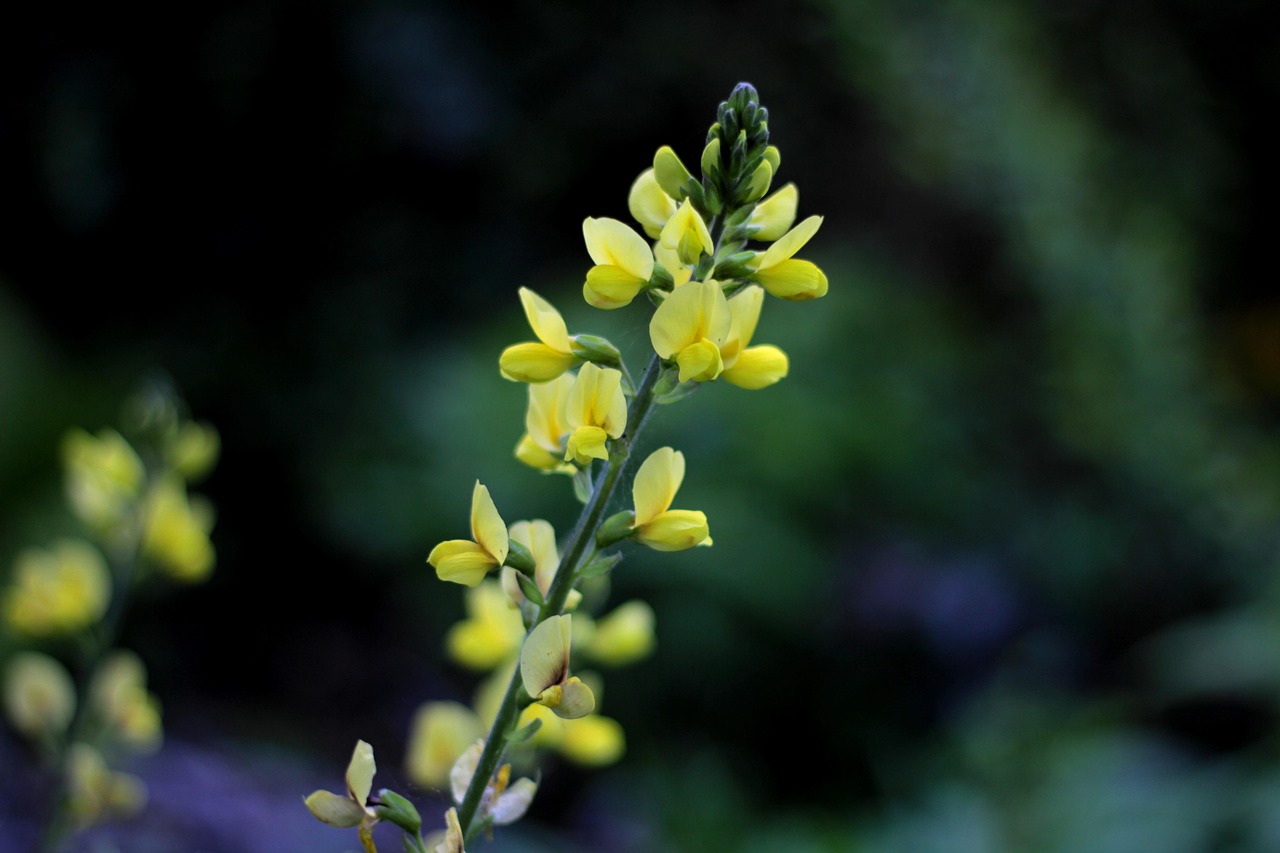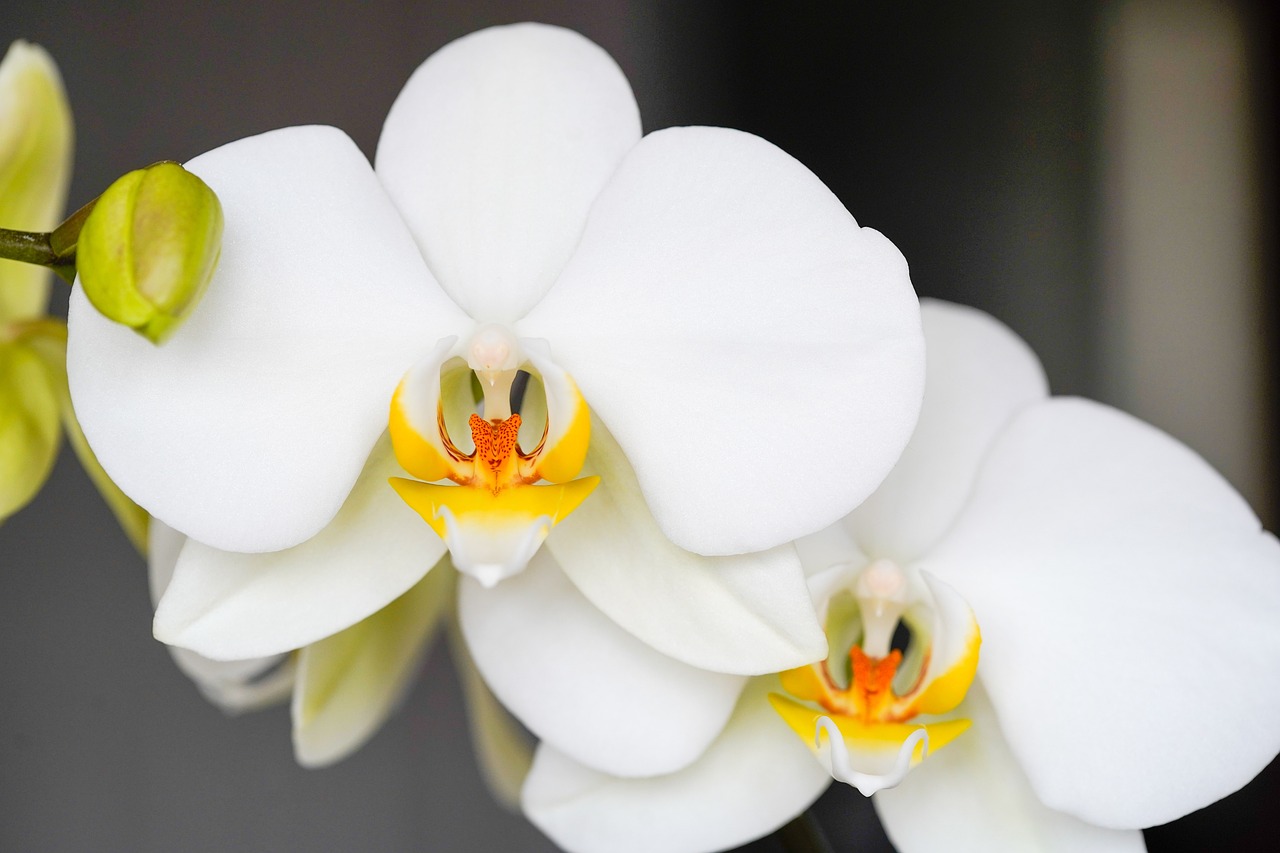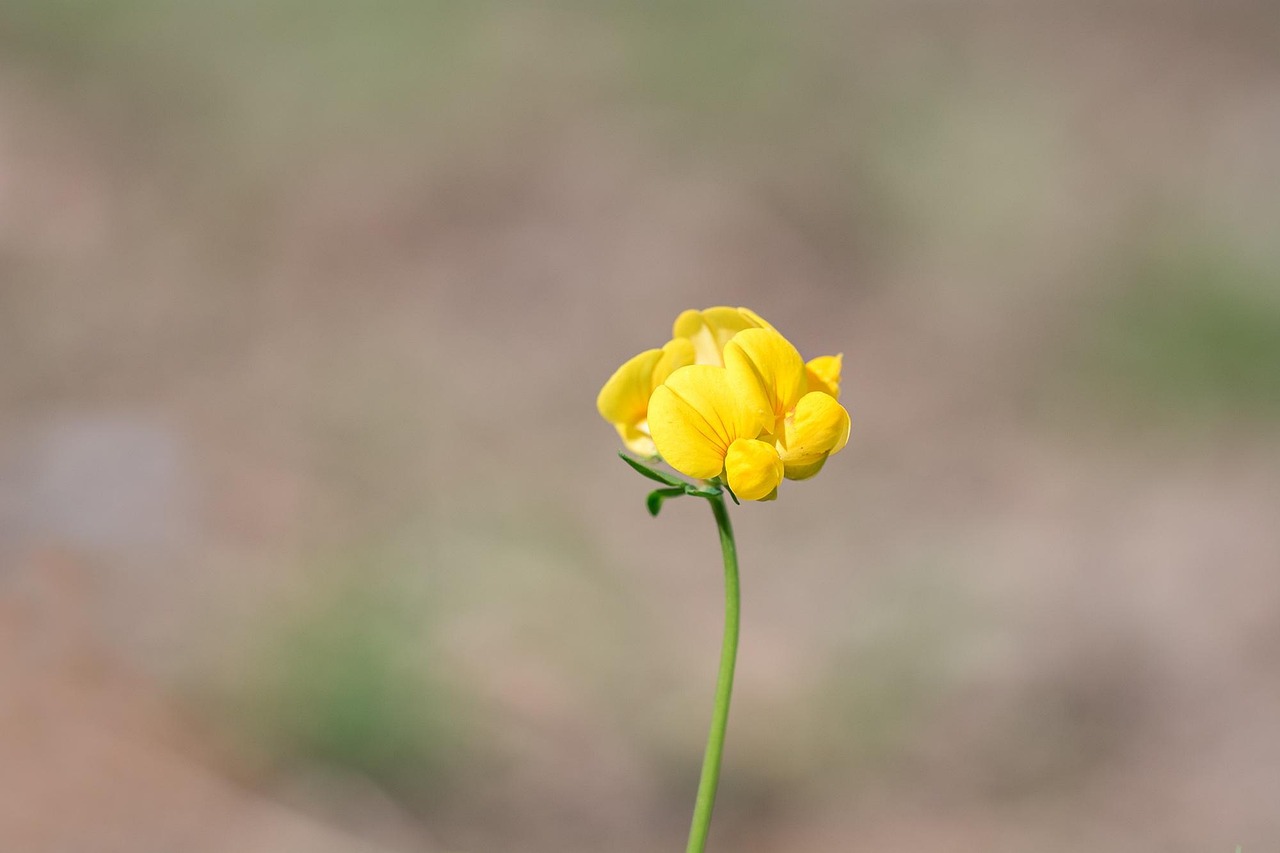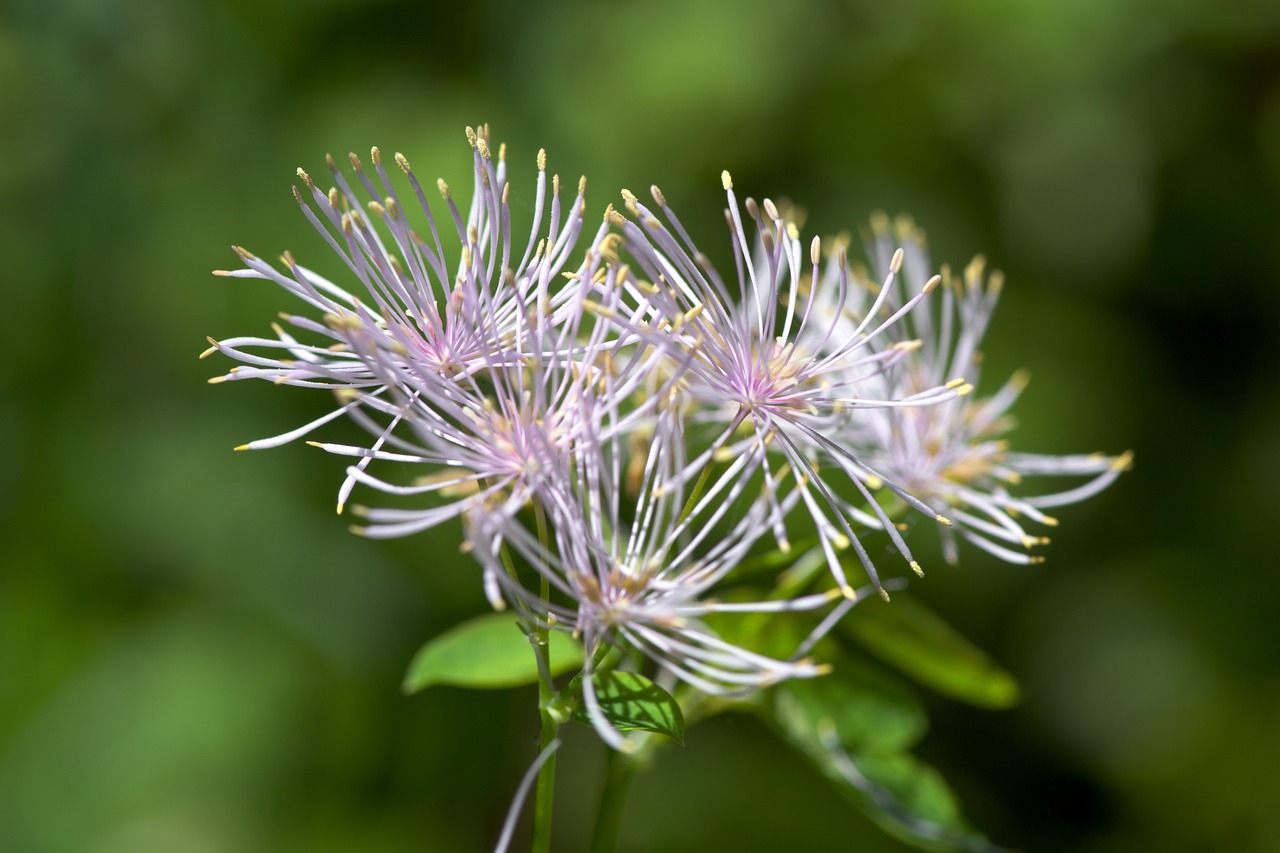Lady Orchid|A Woodland Orchid Rooted in European Monastic Culture
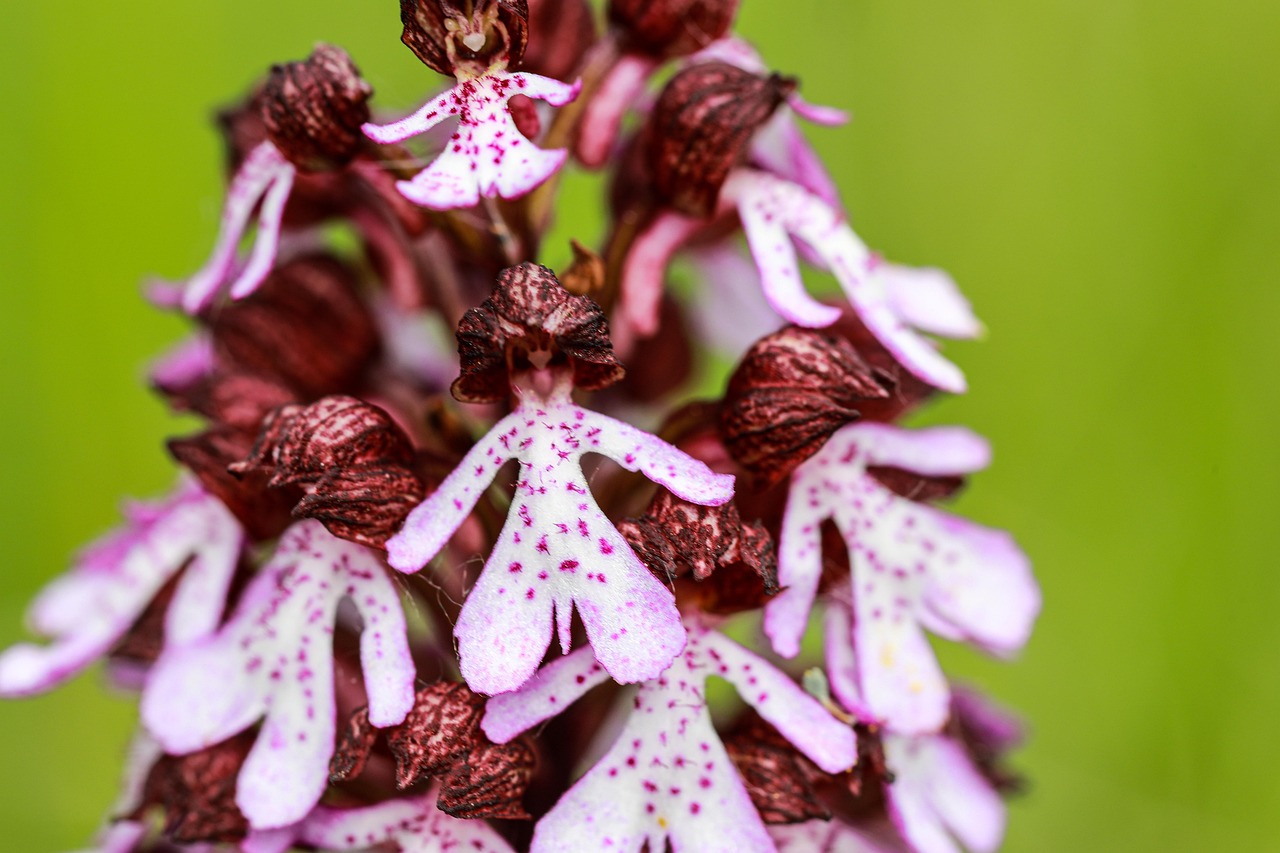
The Lady Orchid is a species of wild orchid native to European deciduous forests and meadows. It produces numerous elegant blossoms of white with purple spots.
Its unique floral shape, reminiscent of a lady’s gown, gave rise to its name. Among orchids, it has long maintained a close relationship with nature and has been deeply woven into people’s memory and culture.
In this article, I will introduce the essential information, cultural background, historical anecdotes, and key points for cultivation of the Lady Orchid.
Basic Information
- Scientific name: Orchis purpurea
- Family: Orchidaceae
- Origin: Europe (from southern England to the Mediterranean region)
- Appearance: Numerous small flowers are densely clustered at the tip of the flower stalk. The flowers, ranging from white to pale purple, are marked with deep purple spots at the center. Their form often resembles a figure clad in an ornate dress.
- Flowering season: April to June
Cultural Significance Worldwide
The Lady Orchid has long been recognized across Europe as a symbol of wild orchids, serving as an important plant in the dialogue between nature and humanity.
In Britain, since the Victorian era, it has been used in natural science education and botanical classification. Even today, it remains a subject of ecological surveys in countryside conservation programs.
In France, particularly in the Loire and Burgundy regions, this orchid and other wild herbs were cultivated and maintained in monastic gardens known as jardins des simples. These gardens embodied the spirit of living in harmony with nature, and the Lady Orchid became an enduring symbol within them.
In German-speaking countries, it is affectionately known as Purpur-Knabenkraut (“purple boy’s herb”) and frequently appears in regional field guides and environmental education programs.
Historical Anecdotes
The genus name Orchis derives from the ancient Greek word “ὄρχις (orchis),” meaning “testicle,” referring to the shape of the underground tubers. In antiquity, plant names were often assigned based on appearance.
This designation was later adopted into Latin and standardized by 18th-century botanists.
During the 18th and 19th centuries, orchids drew considerable scientific interest, and many wild species became subjects of study. The Lady Orchid was collected and documented by British botanists such as William Baxter and Philip Miller. Some of their preserved specimens remain today at the Royal Botanic Gardens, Kew, and the Oxford Botanic Garden.
In late 19th-century France, naturalist literature often highlighted woodland plants, and orchids like the Lady Orchid appeared in works by authors such as Émile Zola and Anatole France.
Gardening Advice
As a wild species, the Lady Orchid thrives best in conditions close to its natural habitat. Care should be taken with the following points:
Light
Partial shade under deciduous trees with dappled sunlight is ideal. Avoid direct sun.
Watering
During the growth period from spring to early summer, water moderately when the soil surface dries. Ensure good drainage to prevent waterlogging.
Soil
Well-drained calcareous soil, slightly alkaline, is ideal. Mixing leaf mold or sand with wildflower compost is recommended.
Fertilizer
Minimal fertilizer is sufficient; a single application of slow-release organic fertilizer in early spring is adequate.
Repotting/Propagation
Relocate or divide the plant during the dormant period after flowering (summer onwards). Handle the delicate roots carefully.
Precautions
Avoid excess moisture and maintain good ventilation. In pots, use shallow containers with highly draining soil.
Conclusion
The Lady Orchid is a wild orchid rooted in Europe’s natural landscapes, long valued in monastic gardens and botanical studies. Its floral form has earned it the name “the orchid of the lady,” and it became a focus of scientific interest in the 18th and 19th centuries.
Although cultivation requires knowledge and care, this plant provides a unique opportunity to connect with European nature and cultural history.

